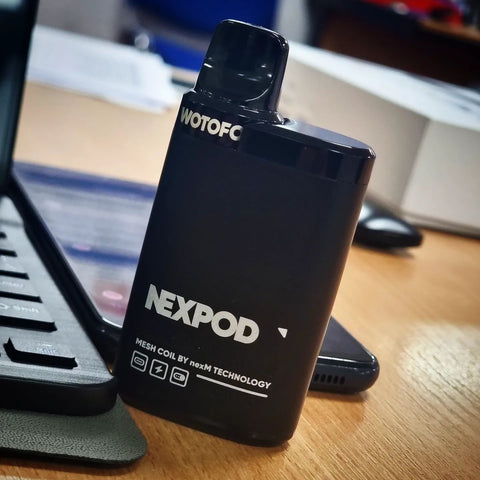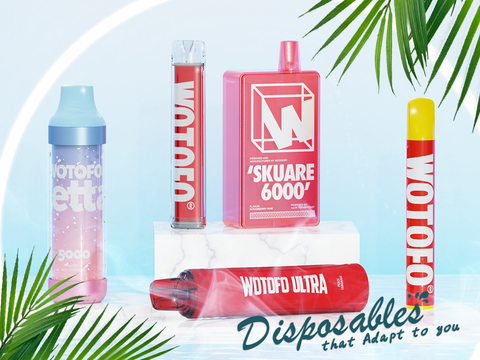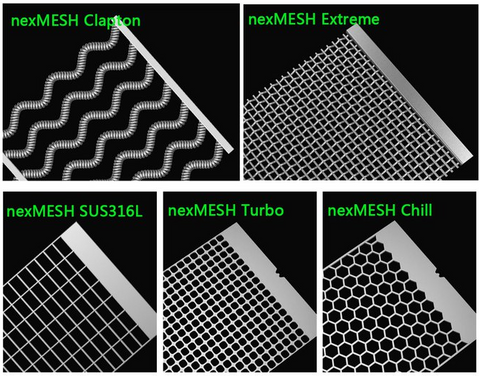Does the plastic barrel poison the e-juice? Are you worried about what’s contained in an e-juice? Do you even know what they constituted?
How vaping is debated in the media may force you into believing that the ingredients for the preparation of the e-juice are a big issue, but in the real sense, e-juices are prepared from a handful of constituents like nicotine, propylene glycol (PG), Vegetable Glycerin (VG), and some sort of flavoring (food-safe).
Learning the underlying facts about the compositions of these ingredients and their by-products upon vaporizations enables you to allay doubts you might be having.
Notwithstanding, the world of vaping has been receiving immense slack with the majority of people wondering whether or not vaping is safer than smoking. Well, a five-minute interaction with Google will give you a hint of your worries: almost 95% of the content there supports it’s healthier than smoking.
Besides, there have been a countless number of questions regarding the safety of some e-juice ingredients. And because we inhale substances contained in the e-liquids, it’s important to know the truth. Precaution should be taken when choosing the kind of ingredients for preparing e-liquids.





Leave a Comment